Ancient lava (basalt) flows created the approximately 3,300-acre North Table Mountain Ecological Reserve.This unique area presents an elevated basalt mesa, boasting breathtaking views of spring wildflowers, waterfalls. But also, lava outcrops, and a rare vernal pool type known as Northern Basalt Flow Vernal Pools. During winter, fissures in the basalt absorb rainwater, leading to the formation of seasonal streams and waterfalls. However, in certain areas, the underlying impermeable basalt creates temporary pools that eventually dry up after the rainy season. Indeed, it allows only specialized plants and animals adapted to this habitat to thrive over time.
Despite the challenges posed by non-native invasive plant species and range management practices, such as cattle grazing, these very practices have contributed to maintaining spectacular wildflower blooms. As a result, the North Table Mountain Ecological Reserve attracts numerous visitors from both nearby and distant areas.
North Mountain Table Ecological Reserve Trail Map

You can find North Table Mountain trail map and adventure on the FREE duoveo app with all the essential details. The app provides valuable information about facilities, picnic areas, waterfalls, and parking spots along the trail with its Icons.
North Table Mountain Trail Details


- Entrance Fees : When planning a visit to Table Mountain, please be aware that you will need to purchase a CDFW Lands Pass ($5.40) if you are 16 years of age or older. Make sure to carry it with you at all times during your visit. However, visitors holding a valid California hunting or fishing license in their name are exempt from this requirement. Lands passes can be purchased online, by phone at (800) 565-1458, or in-person at locations where hunting and fishing licenses are sold. It’s important to note that Land passes cannot be used as substitutes for Wildlife Area Hunting Passes. Indeed, Wildlife Area Hunting Passes are mandatory for adult hunters on Type-A and Type-B wildlife areas. As parking space is limited, it is advisable to plan your visit early in the morning.
- Trail Starting Point : The North Table Mountain Ecological Preserve is situated approximately 7 miles north of Oroville. To access it, take Cherokee Road south from CA 70 for about five miles. You will find a gravel parking lot on the right side of the road that serves the DFG Preserve.
Captivating Colors: Best Time to Visit North Table Mountain Ecological Reserve
The best time to visit North Table Mountain Ecological Reserve is during the spring season, particularly from late February to early April. This period showcases the peak of the wildflower bloom, where the landscapes are adorned with vibrant colors and breathtaking displays of native wildflowers. The reserve’s beauty is truly awe-inspiring during this time, making it an ideal opportunity for nature enthusiasts, hikers, and photographers to witness the stunning floral spectacle.
Embarking on an Adventurous Journey: North Table Mountain Ecological Reserve

It is a fantastic opportunity to hike through this truly unique natural area. Table Mountain is a spectacular place that remains open throughout the year.
The trails are rocky, uneven, and largely exposed, so I highly recommend wearing sturdy closed-toe shoes and bringing water bottles and sun protection for your visit.
As you explore the park, you will encounter a diverse range of environments. The flower blooming is especially breathtaking during the spring season, particularly after significant rainfall in winter. Additionally, the canyons and their beautiful waterfalls are definitely worth visiting.
Wildflowers: A Blossoming Paradise at North Table Mountain Ecological Reserve
This park is a must-visit during the spring season when the wildflowers are in bloom. The wildflowers of Table Mountain are well-known for their abundance and diversity. The peak of the wildflower bloom lasts for just a few weeks, drawing numerous visitors each year. As the blooming period is quite short, it’s advisable to check with the rangers to find out if the flowers have arrived. Missing the opportunity to see the flowers would be a pity since the park’s landscape is truly beautiful.
Furthermore, on North Table Mountain, cattle are allowed to graze, and this management practice plays a critical role in maintaining the stunning wildflower blooms. While hiking the trails in the reserve, you may encounter a few cows. Remember to maintain a safe distance and keep your dogs on a leash at all times.
In this area, you might spot various flower species such as lupine, Foothill triteleia, Sierra primroses, blue dicks, and California poppies.
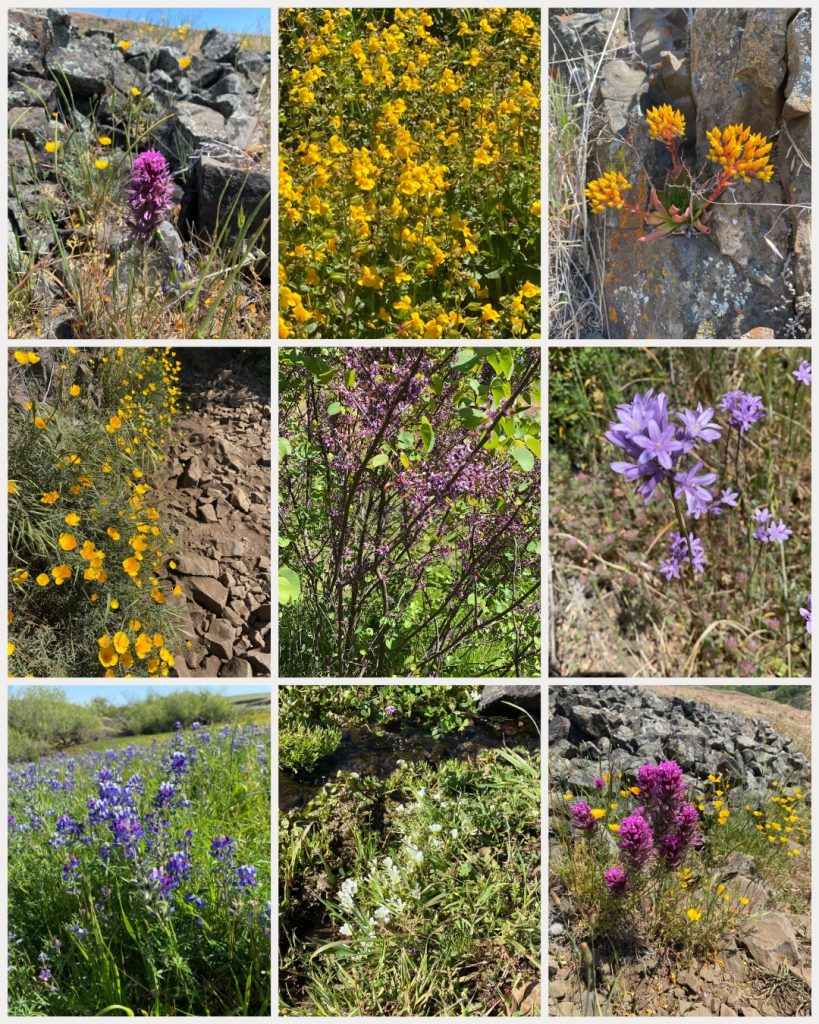
As early as April, the bright yellow Douglas’ violets will begin to emerge in the grasslands, along with pale yellow daisies, white meadowfoam, and magenta shooting stars and buttercups. You can also find other flower species like blue-and-white bird’s eye gilia, magenta Kellog’s monkeyflower, and purple owl’s clover.
What are the best spots for photographing wildflowers in the reserve?
The North Table Mountain Ecological Reserve offers several fantastic spots for photographing wildflowers during the peak bloom season. Here are some of the best locations to capture the vibrant beauty of the floral spectacle:

Tabletop Mesa: The elevated basalt mesa itself provides sweeping views of the surrounding landscapes adorned with wildflowers. From this vantage point, you can capture vast fields of colorful blooms stretching as far as the eye can see.
Vernal Pools: The reserve is home to rare vernal pools, including the Northern Basalt Flow Vernal Pools. These unique seasonal pools create a stunning contrast against the backdrop of blooming flowers, making for striking photographs.
Waterfall Cascades: The waterfalls that flow off the steep western slopes add an extra layer of enchantment to the wildflower scenery. Photographing the cascading waters amid the surrounding flora can yield mesmerizing and picturesque images.
Canyon Areas: The reserve’s canyons offer a more intimate and secluded setting for photographing wildflowers. The play of light and shadow in these areas enhances the visual appeal, making for artistic compositions.
Foothill Meadows: The foothill meadows are lush with wildflowers during the bloom season, presenting a carpet of colors and textures that make for stunning close-up shots.
Remember to be respectful of the environment while photographing wildflowers. Stick to marked trails to avoid trampling delicate flora and preserve the natural beauty of this ecological reserve for future visitors. Capture the essence of the wildflower bloom in this breathtaking natural haven, and let your photographs tell the story of the beauty that unfolds in North Table Mountain Ecological Reserve.
Spectacular Cascades: Ravine falls
Additionally, you’ll find a few waterfalls on the edge of Table Mountain, where streams cascade off the steep western slopes. These waterfalls are most prominent during the winter and spring seasons when water flow is at its peak. Moreover, the bluff on the western edge provides stunning views overlooking the Central Valley.
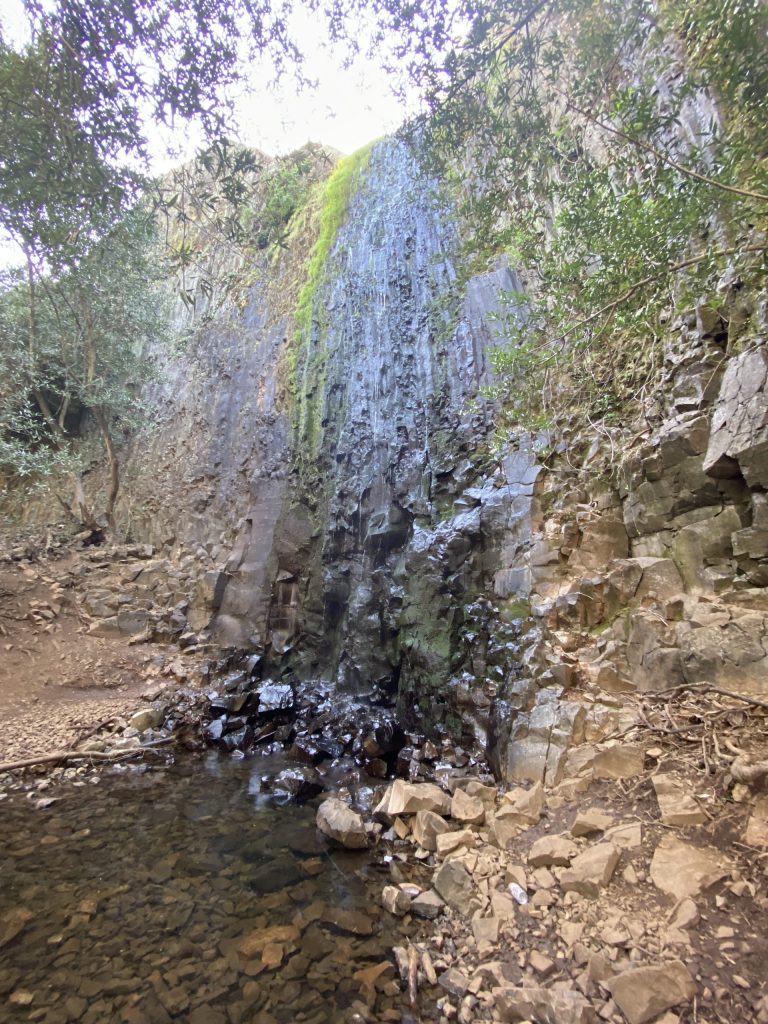

Waterfalls : Phantom Falls
Prepare to be captivated by the mesmerizing beauty of Phantom Falls, an enchanting cascade tucked away in the serene landscapes of North Table Mountain Ecological Reserve. This hidden gem offers an unparalleled sense of tranquility and adventure. Meandering through picturesque trails, you’ll be embraced by the surrounding lush flora and the refreshing scent of the wilderness. As you approach the falls, the gentle roar of cascading water grows, building anticipation for the breathtaking spectacle that awaits. The sight of Phantom Falls, with its gracefully flowing waters plunging down the cliffs, leaves an indelible impression on all who visit.





Canyons


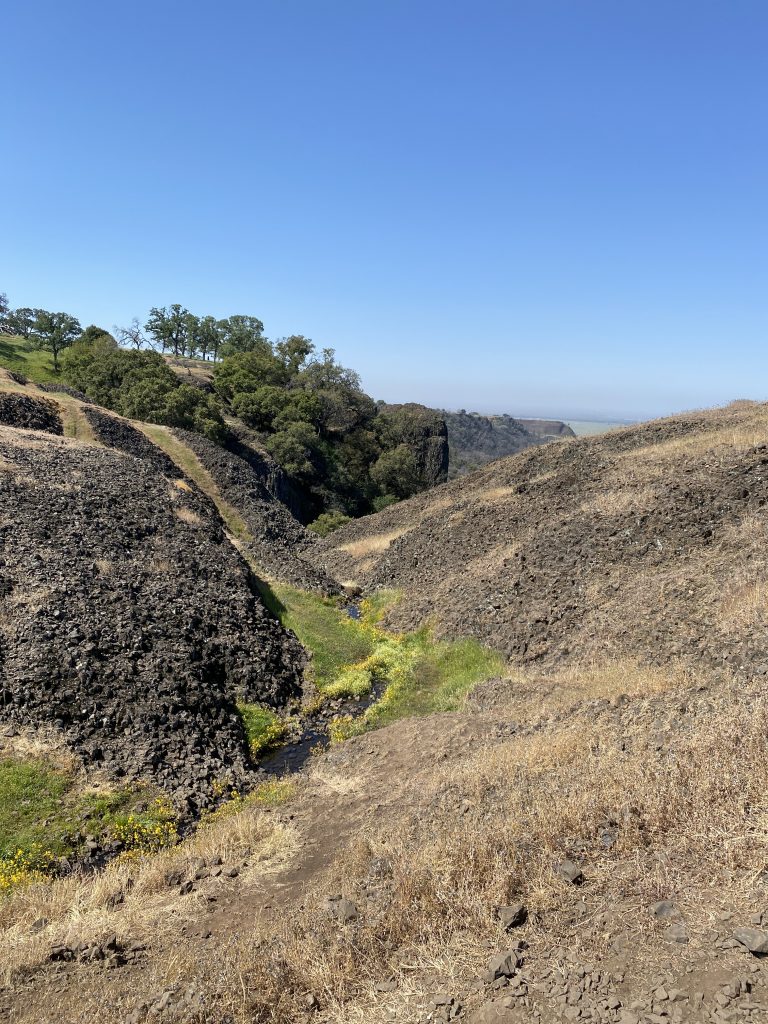



North Table Mountain Ecological Reserve Photos



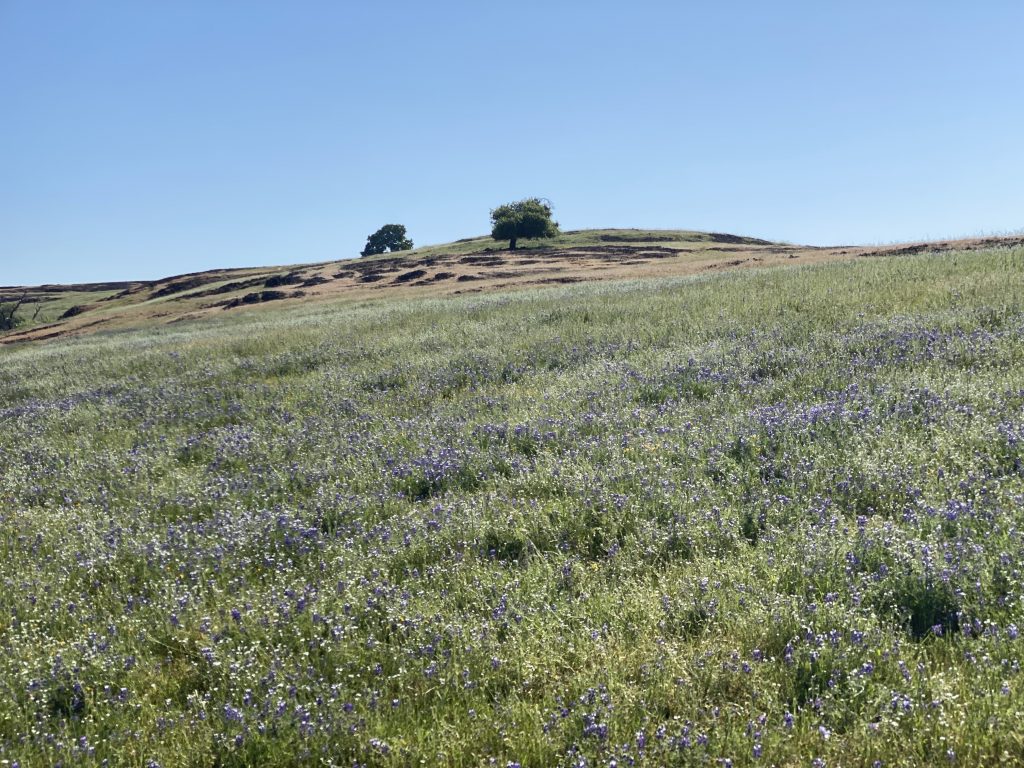

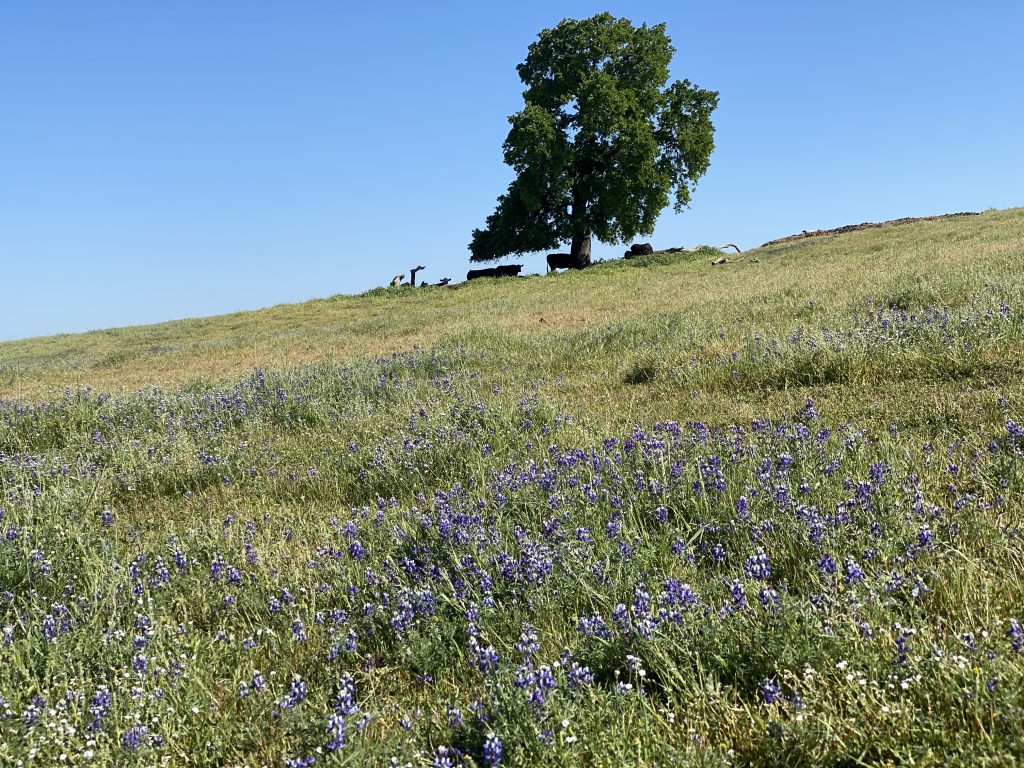



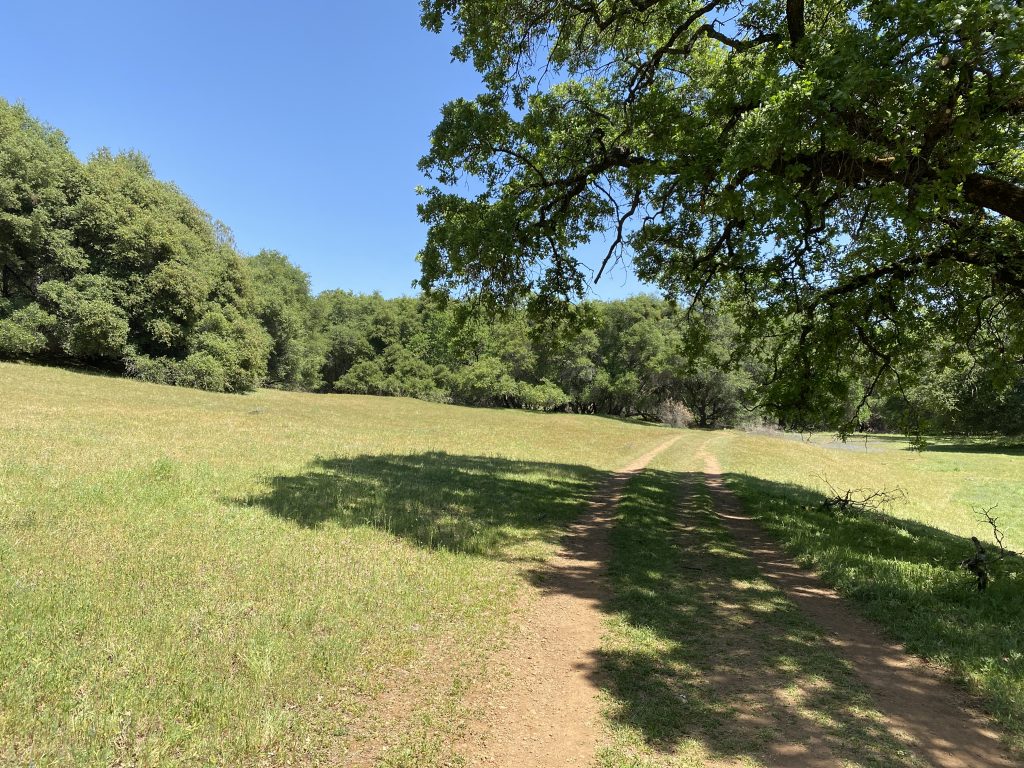
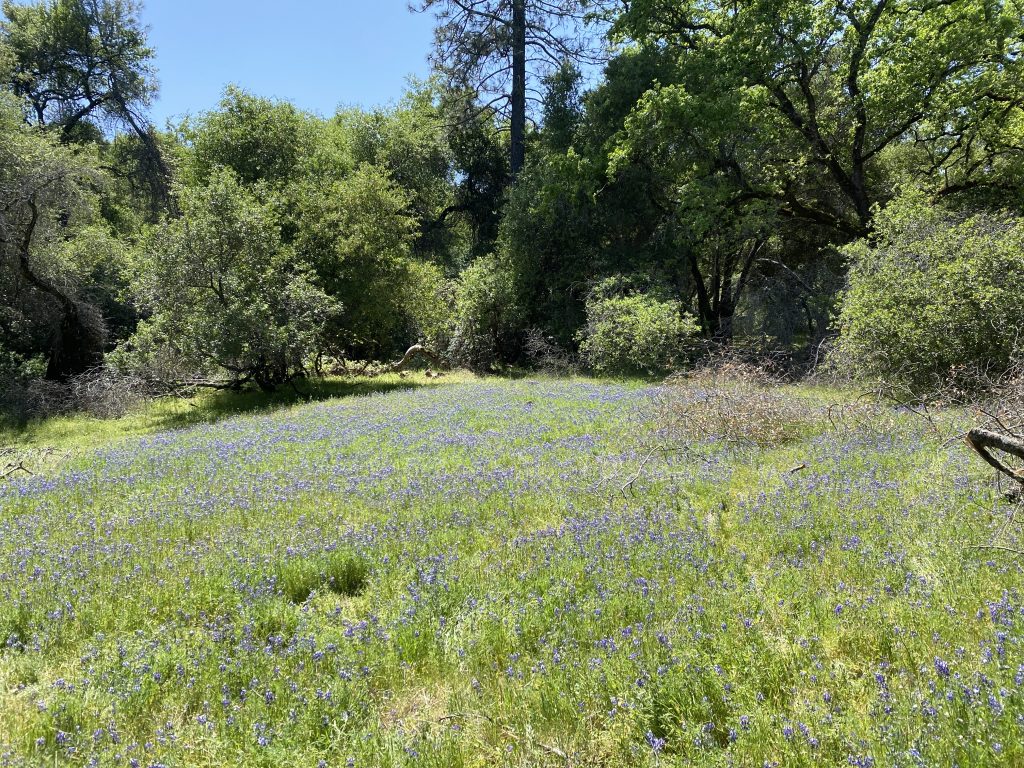
Etiquette:
- Trail-blaze Responsibly: To preserve the wildflowers and the ecosystem, stay on marked trails and avoid trampling delicate flora.
- Do not pick flowers: Picking wildflowers harms the environment and can diminish the experience for future visitors. Picking California poppies is also illegal, so please enjoy nature from a distance.
- Leash your pets.
- Leave No Trace: Ensure to pack out your litter and leave the area as you found it.
- Don’t Park on Vegetation: Avoid parking on vegetation, as it can damage the soil and take away from the natural beauty of the area. Please park your vehicle in designated areas or on hard surfaces to preserve the environment for everyone’s enjoyment.
- No Drone Zone!
Remember to Leave No Trace during your visits. By respecting the environment and treading lightly, we ensure that this natural treasure remains pristine for generations to come. Let’s be mindful stewards of the wilderness, preserving its splendor for the next adventurers to experience. Happy exploring ! 🌿📸🌸


